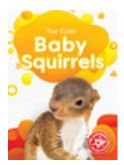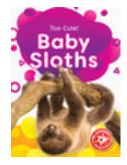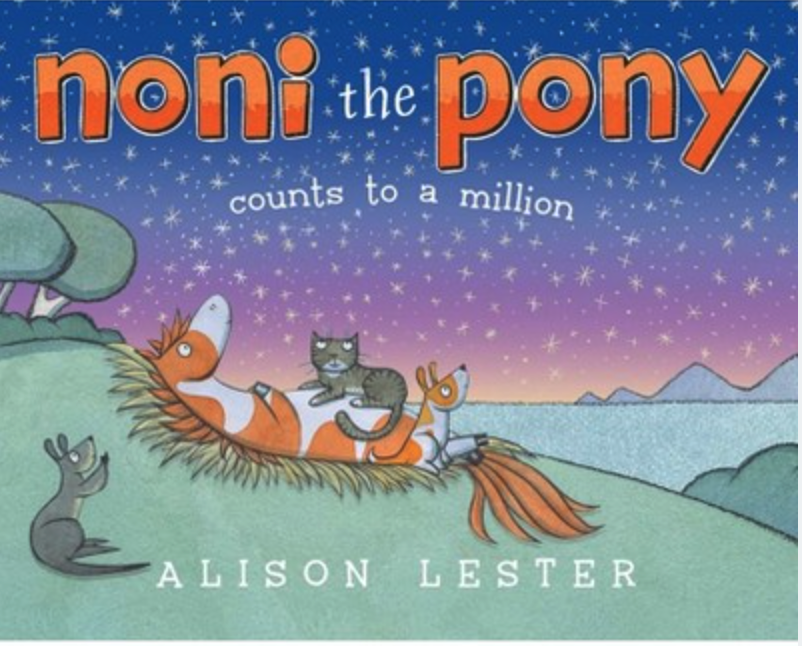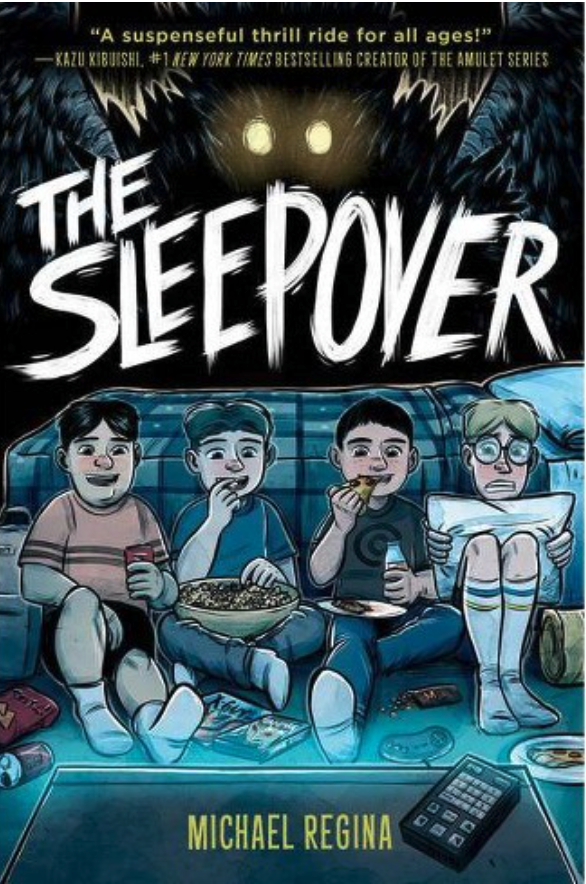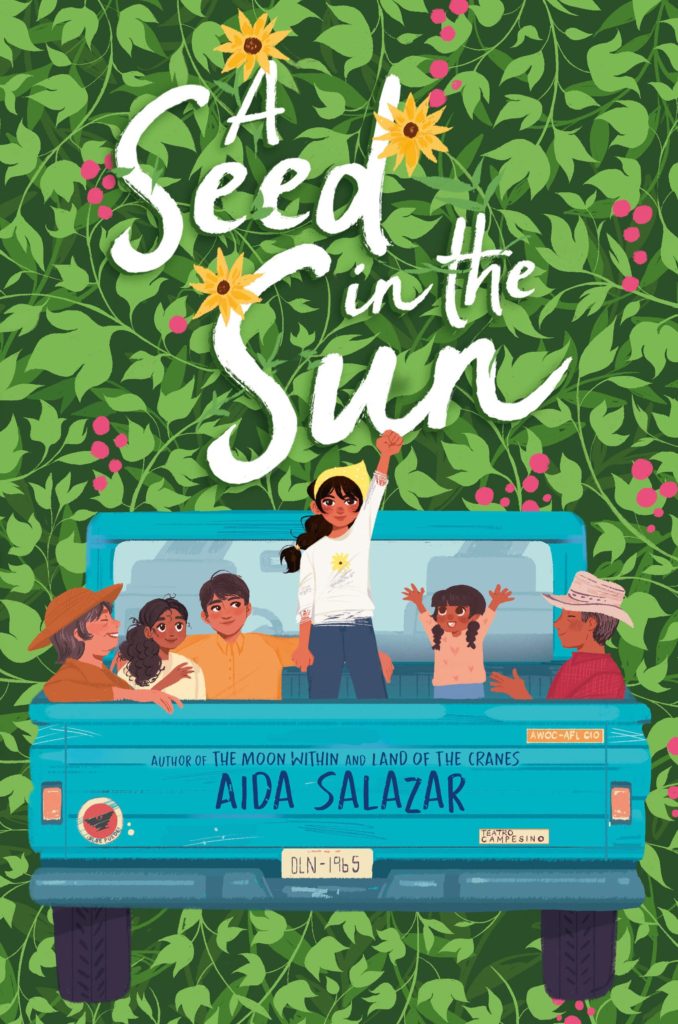By Rebecca Sabelko

Australia covers basic information of the country. It has appealing images and maps as well as words in bold that correlate to a Glossary at the end of the book. Readers will be interested in the unique animals of the Australian continent as well as some of the exotic items the people eat including: Vegemite, Witchetty Grubs and sweet Lamingtons. This book is recommended for any library where students at a young age do country research or for English language learners.
The Blastoff! Readers Countries of the World series contains many informational chapters including but not limited to: All about the country, land and animals, life for the people, and facts. These books also include a glossary with terms that are in bold throughout the book as well as an index and a section with links and books to learn more about the country. These books are recommended for grades 1-3. They are at “Level 2 which offers early readers a bit more challenge through varied sentences, increased text load, and test-supportive special features.”




